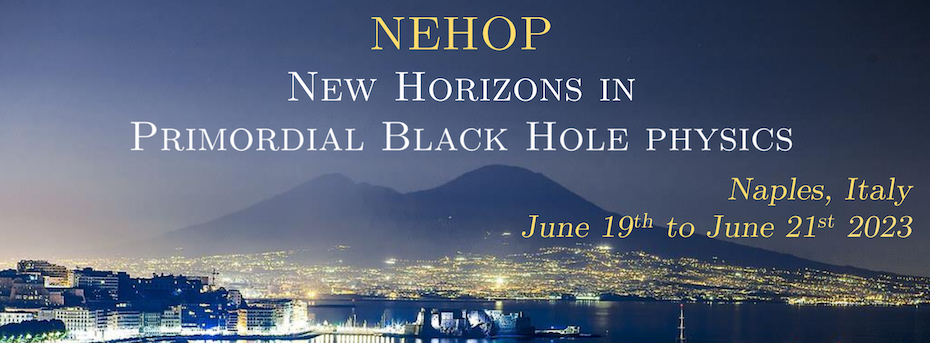Conveners
Session 11
- Chair: Lucien Heurtier
The Standard Model, extended with three right-handed (RH) neutrinos, is the simplest model that can explain light neutrino masses, the baryon asymmetry of the Universe, and dark matter (DM). Models in which RH neutrinos are light are generally easier to test in experiments. In this work, we show that even if the RH neutrinos are super-heavy (Mi=1,2,3 > 10^9 GeV)—close to the Grand Unification...
Ultra-low mass primordial black holes (PBH) which may briefly dominate the energy density of the universe but completely evaporate before the big bang nucleosynthesis (BBN), may lead to interesting observable signatures. We propose a novel test of this scenario by detecting its characteristic doubly peaked gravitational wave (GW) spectrum in future GW observatories. Here the first-order...
Primordial black holes (PBH) can account for a wide variety of cosmic conundra, among which the origin of primordial magnetic fields. In this talk, we consider supermassive PBHs furnished with a disk due to the vortexlike motion of the primordial plasma around them at the epoch of their formation, proposing at the end a novel natural ab initio mechanism for the generation of a battery induced...
PBHs whose masses are in $\sim[10^{-15}M_\odot,10^{-11}M_{\odot}]$ have been extensively studied as a candidate for the whole DM. One of the promising probes to test such a PBH-DM scenario is scalar-induced stochastic GWs accompanied by enhanced primordial fluctuations to form the PBHs with frequency peaked in the mHz band being targeted by the LISA mission.
In order to utilize the stochastic...
In my talk, I will present recent work on the formation of primordial black hole dark matter and the resultant gravitational wave signal, drawing from recent results of (arXiv 2303:xxxxx, MIT-CTP/5525, with co-authors W. Qin, S. Balaji, D.I. Kaiser, and E. McDonough) and building on our previous results as published in (Phys. Rev.D 106, 063535 (2022), arXiv:2205.04471). In our work, we...

